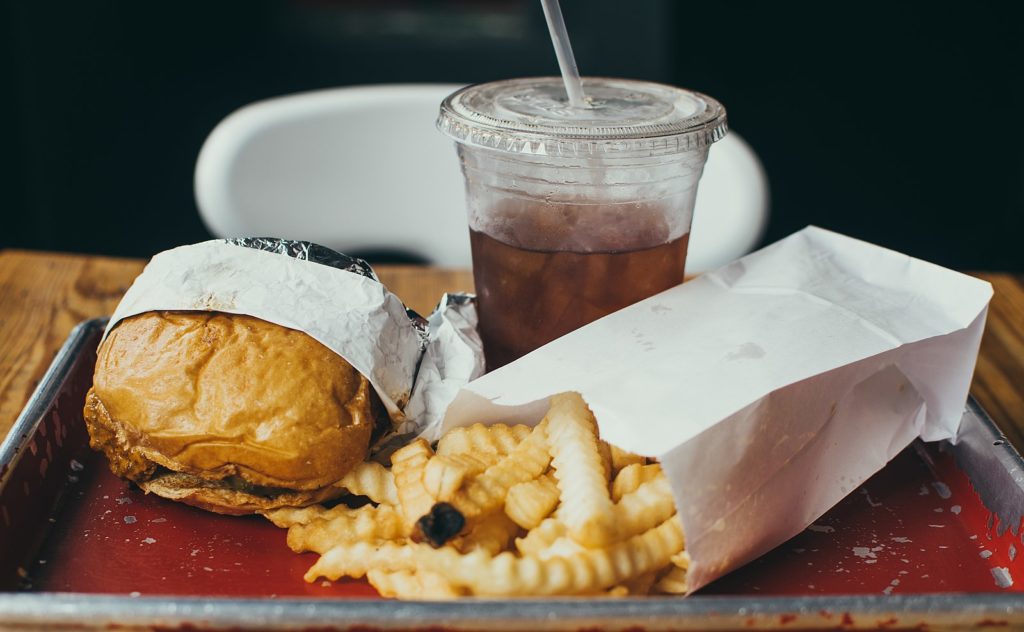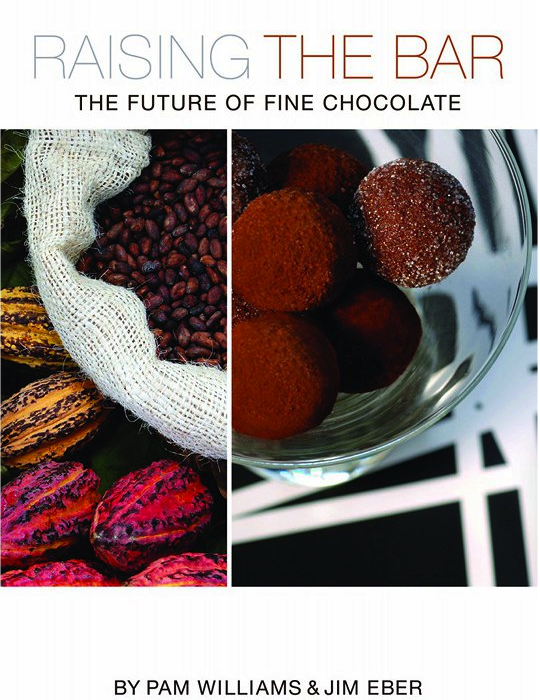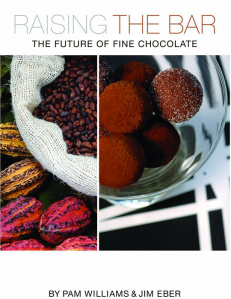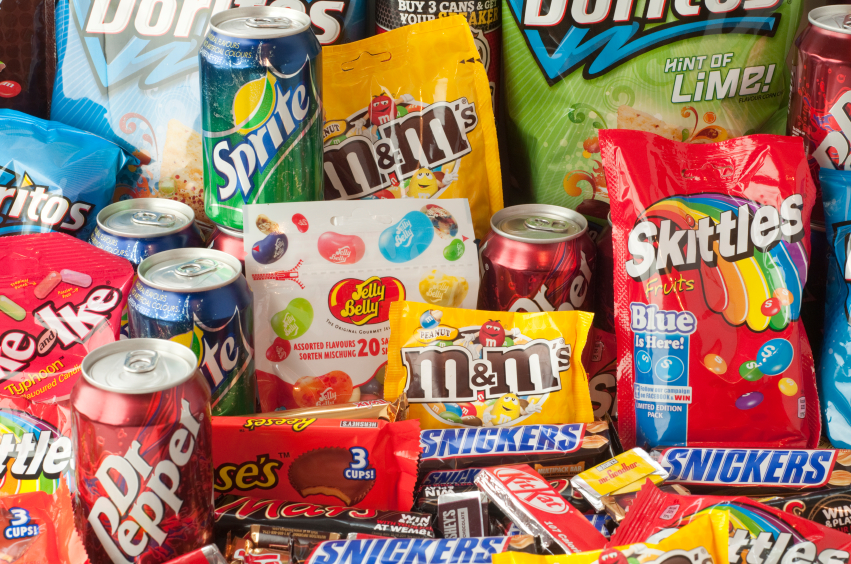There is a Taco Bell not too far from the train station, the LIRR stop I used when I still needed to commute to work, that I remember eating alone at once. And if I was eating alone, it meant my mother wasn’t having dinner at home that night. Which means this was around the time my late grandmother was still able to take care of herself around the house without assistance. So, if I have my timeline right, that means I was still temping. I arrived at the Taco Bell, spent from both the day I had at work and the train ride home. The context is a little hazy, but the heavy mood is what makes the memory linger.
It all started to settle in when I had nothing else to think about except for the Taco Bell. When I realized that the Taco Bell wanted me there for a while, but only for a while. If the Taco Bell was a person, a relationship with it is exclusively hook-ups and not monogamous. The Taco Bell I was in thought I was cute and all, but I shouldn’t catch feelings.
Eating alone in one of these places brings with it an air of melancholy. Without other people or the comforts of home, it’s very easy to feel like nobody. No matter how full or empty a place is, you’re not really anybody to anybody there. The one person you might interact with is only dealing with you because they get paid to. You have their focus up until the moment you get your food and then they move on to another person. They’re cashiers, not waiters, and they have completed their duty. You can choose to order something specific off the menu (though, let’s be real, most of the menu is just rearrangements of the same few items), none of it was made specifically for you, it was mass produced for mass ingestion.
Fast-food places must be inviting, inviting enough. But they can only be inviting, only be enticing. Obviously, they can only sustain a person for so long with the food produced inside its walls. It was the rest of it that I was focusing on. These places look nice and pleasant, maybe using the right colors to suggest hunger, until someone like me thinks about it too much and it becomes plastic. The cleanliness is appealing until it becomes alienating. Besides, it can only be so clean with the amount of people that pass through its doors, everybody leaving behind the slight grime of their existence.
As I ate, I could feel the weird tension, the uncanny sensation. There are many places you aren’t supposed to stay too long at. Waiting rooms, for example. They’re designed to be comfortable. But the lack of permanence there doesn’t feel as harsh. The main difference is that the people there care how you leave. In these places, like the Taco Bell I was at, the atmosphere is thick with indifference. You eat your food and leave.
At least, that’s how I remember it feeling.
It was a period in my life that I knew could only last so long, but there was no sign of when it actually would. To describe the feeling: imagine the sensation of a loosening grip that somehow lasts for eternity. In those moments, I wanted nothing more to let go, to let the universe have its way with me and make decisions for me that I did not want to make. To have a physical place that let me in only to keep me at a distance seemed all too fitting, made too much sense.
Sitting with my past self in this memory, years away from it, I realize I have turned this moment into Nighthawks with Mild Sauce. I’ve let pathetic fallacy run wild all over my headspace. All that’s missing from this scene is a song plastic in its happiness playing over the restaurant speakers so the dinner could be topped off with some irony.
If I was able to physically sit next to myself in this moment, I would have put a hand on my shoulder and told myself that I was doing a lot. I’d tell myself that I wasn’t in purgatory with a drive thru, looking for a sign and finding only ones in neon. No, this was a slow crawl out of a figurative hole that would eventually become the start of a staggered climb upwards in time. And that I needed to eat my chalupa before it gets cold instead of turning it into a symbol.
This was not the aloof uncaring universe reminding me of my own insignificance, but the dinner I decided to have because I didn’t feel like cooking that night. I ordered the chalupa, not only because it tasted good (good, not great—it’s Taco Bell), but also because I liked how the texture of the wrap felt in my mouth and even how it crunched against my teeth.
Sometimes the only way through is to simply be, is to just do. So that’s what I did. I did the only thing you can do when you’re eating alone at a Taco Bell. I ate my dinner and left for home.

Alex J. Tunney is a writer in New York. His writing has been published in Lambda Literary Review, The Rumpus, Pine Hills Review, Drunk Monkeys, First Person Scholar, Fauxmoir, Complete Sentence, The Billfold and The Inquisitive Eater. One of his essays will be included in the forthcoming anthology Where To Hang The Hat: Storytellers On Sondheim from Alternating Current Press. More of his writing can be found at alexjtunney.com.






